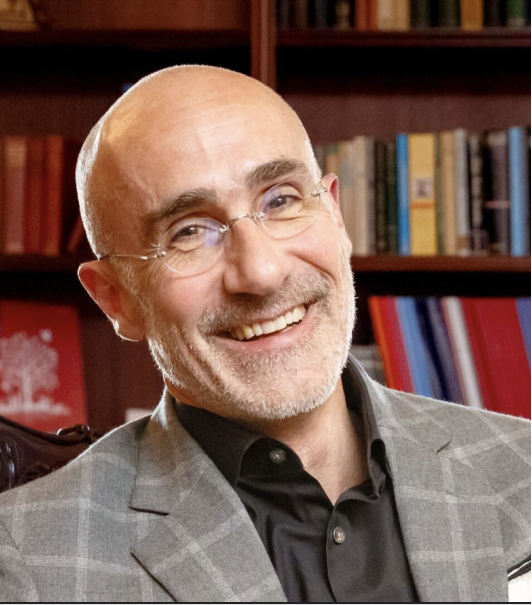A few weeks ago, we released a conversation with Terryl Givens about the life of Eugene England. England’s work on atonement theology had felt like it necessitated another conversation, but it was too big to fit into the first one. So this week, we brought Terryl back to talk not just about England’s views, but about atonement generally.
The conversation starts with the fascinating premise that our faith doesn’t actually have an official theology of Atonement. What is clear, doctrinally, is that Christ brought about something of universal importance: as the Book of Mormon says, “we talk of Christ, rejoice in Christ, we preach of Christ, (and) we prophesy of Christ.” (2nd Nephi 25:26) We accept Christ as both savior and healer — but that doesn’t mean that we’ve achieved a consensus understanding of how Christ’s atonement actually accomplished those goals of “saving” and “healing.”
So in this conversation with Terryl, we discussed various atonement theories — what some of the greatest Christian and Latter-day Saint thinkers have posited over the years about how the atonement works; why it’s necessary, and how it can apply in real life. It seemed to us that there was something to value in nearly all of these explorations, and it was fascinating to see how those views have evolved over time.
And, as it always does, conversation with Terryl brought us back to what’s really important: how Christ’s atonement can bring less retribution and more healing to society, and how we can participate in that work. Terryl reminded us that Atonement is about reintegration into loving relationship — not just vertically with God, but horizontally with those around us.




